Chemists discover new type of molecular bond near white dwarf stars
------------------------- just reminded me of; of course it is not as powerful, but maybe the same process happens in the following article ( as above so below  )
)
remember the following image when we discussed : Francis E. WILKINSON -- High Frequency Transformations
Francis E. WILKINSON
High-Frequency Transformations
[IMG]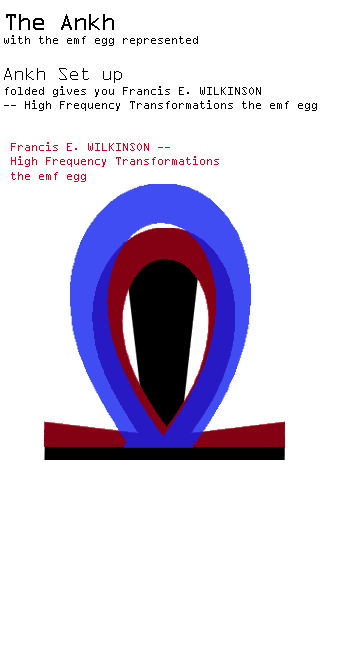 [/IMG]
[/IMG]


(Phys.org) -- Most any chemistry student when asked, will say that there are just two ways atoms bond to make molecules: covalent and ionic. In the former, atoms are bonded together by sharing electrons, in the latter it’s due to the transfer of electrons from one atom to another leading to a Coulombic attraction between the ions. Now however, it appears there is a third kind of bond, though it doesn’t exist here on Earth. E. I. Tellgren, Kai K. Lange, T. Helgaker and M. R. Hoffmann from the University of Oslo, Norway and the University of North Dakota in the US have found that some molecules can form and hold together due to extremely high magnetic fields. As they write in their paper published in the journal Science, their calculations suggest that such molecules likely exist near white dwarf stars.
Because it’s impossible, at least at this time, to create a magnetic field anywhere near as strong as that found near a white dwarf star, the researchers turned to quantum chemical simulations (full configuration-interaction) focusing on hydrogen atoms and the simple hydrogen molecule H2. At extremely hot temperatures, such as would exist near a white dwarf, the covalent bond that normally holds the molecule together wouldn’t survive and the molecule would come apart. But if there were a strong enough magnetic field (such as exists near a white dwarf) the spin states of the two atoms could align with the magnetic field (rather than exist as opposed) the molecule could bond and continue to stay that way. And that’s exactly what the team’s calculations showed, they’re calling it - perpendicular paramagnetic bonding.
 )
)remember the following image when we discussed : Francis E. WILKINSON -- High Frequency Transformations
Francis E. WILKINSON
High-Frequency Transformations
[IMG]
 [/IMG]
[/IMG]







 )
)
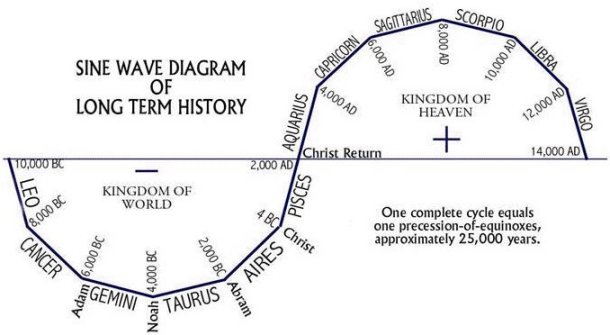


.svg/300px-Maghreb_(orthographic_projection).svg.png)
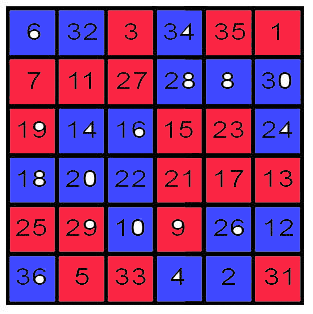
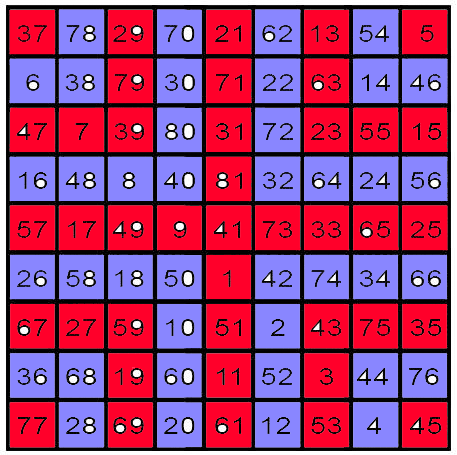
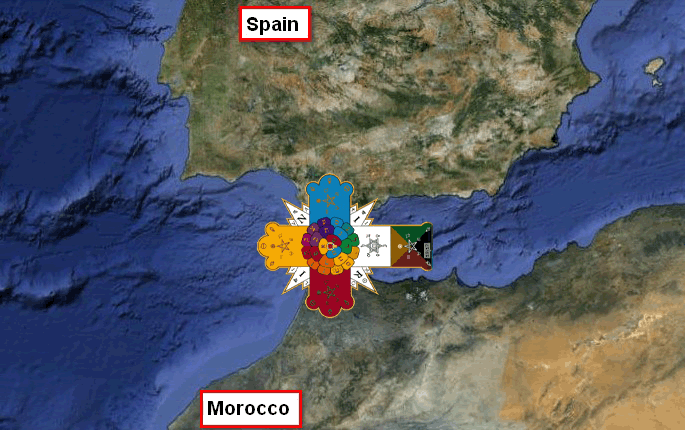

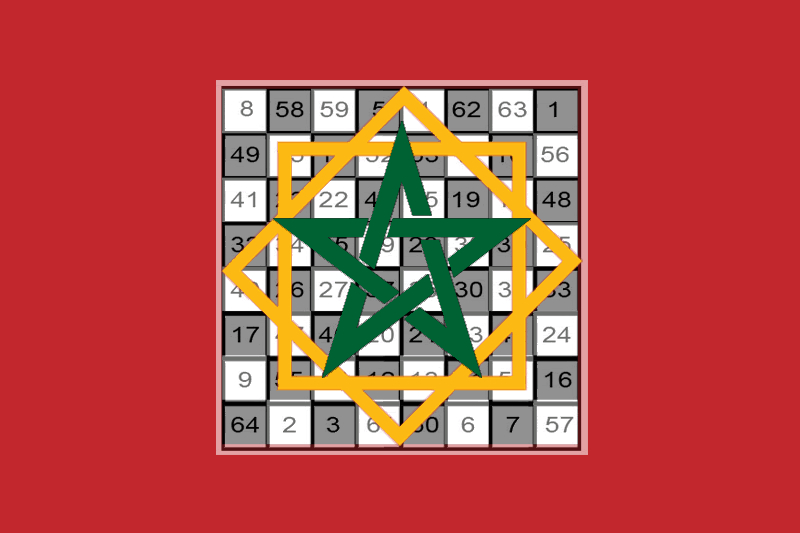



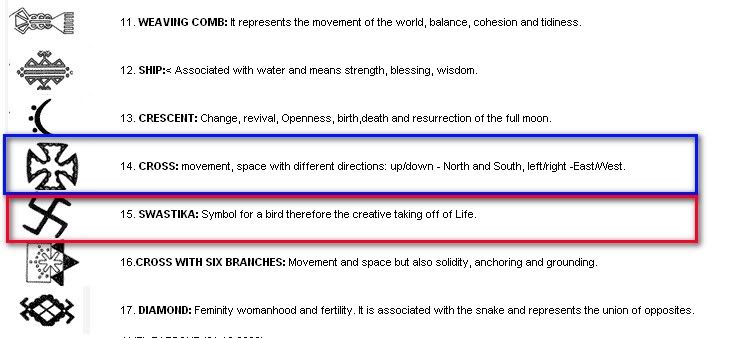
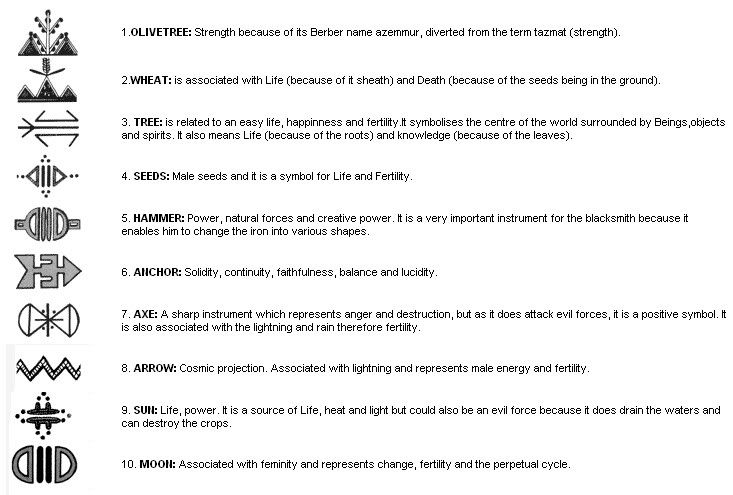


 ).
).












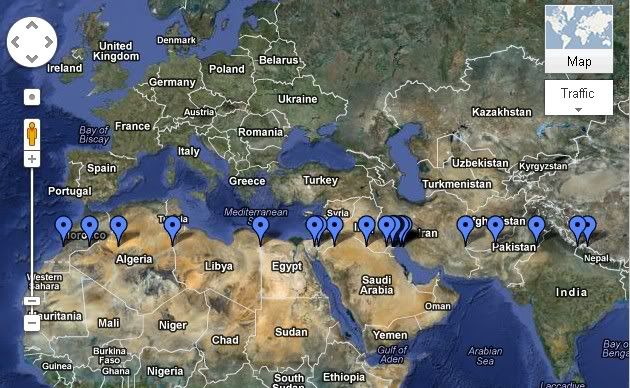


Comment